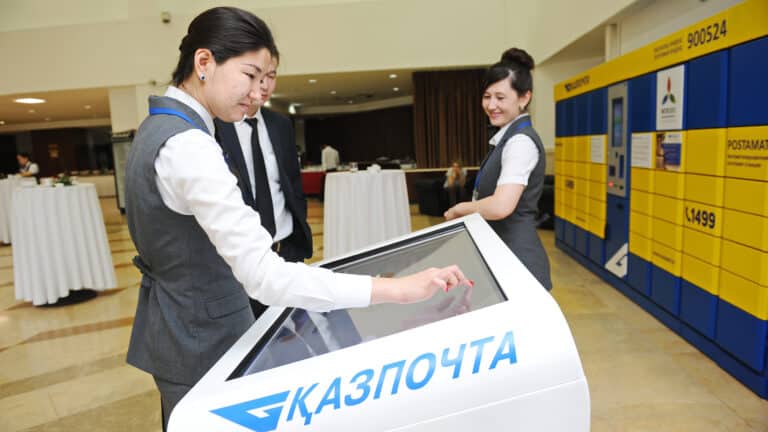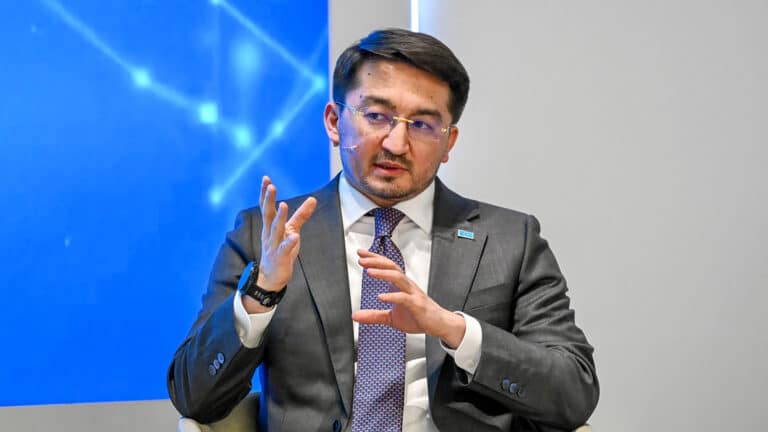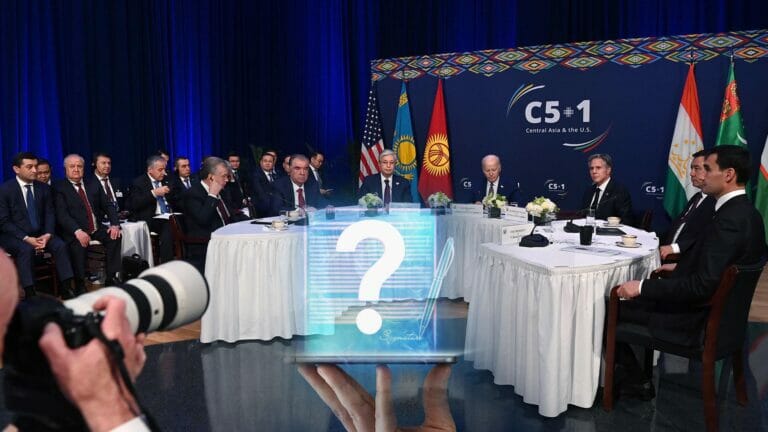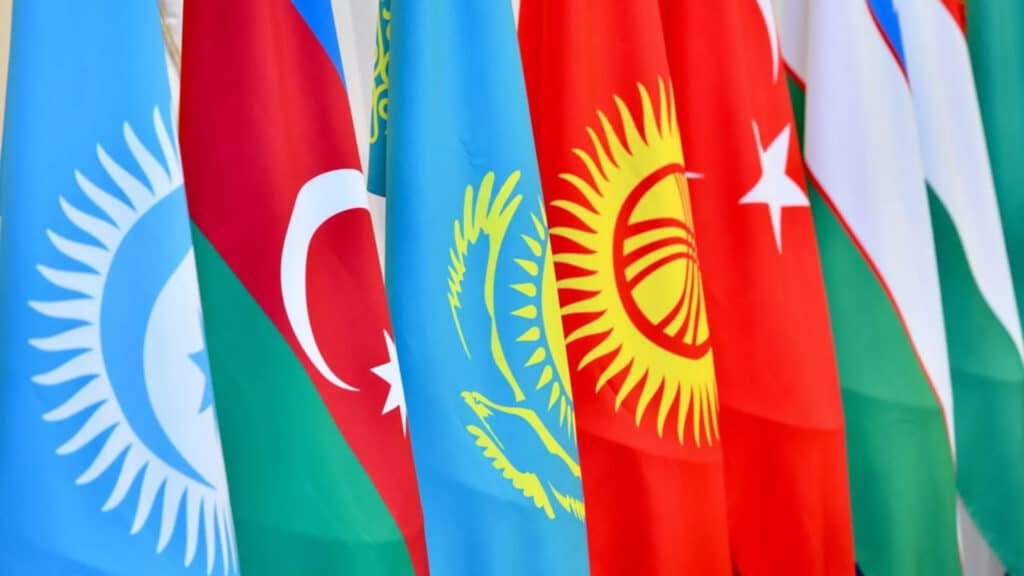
The Turkic countries have resolved to adopt a 34-letter unified Latin-based alphabet for Turkic languages at the third session of the commission established by the Organization of Turkic States held in Baku.
According to TRT Haber, a Turkish media outlet, representatives of the Turkish Academy explained the meeting objectives were to complete work on the unified alphabet project that had been initiated as far back as 1991. After two years of commission work, experts could present a polished edition of the alphabet reflecting unique features of every Turkic language.
«The commission had discussed the issue in detail and identified inaccuracies needing revision. The tedious work resulted in approving the idea of creating a unified Turkic alphabet,» the Turkic Academy explained.
The scholars claim that this 34-letter alphabet reflects different phonetic features of various Turkic languages. Each letter symbolizes a unique sound specific to the Turkic language group. This idea behind the new writing system ensures its flexibility and versatility.
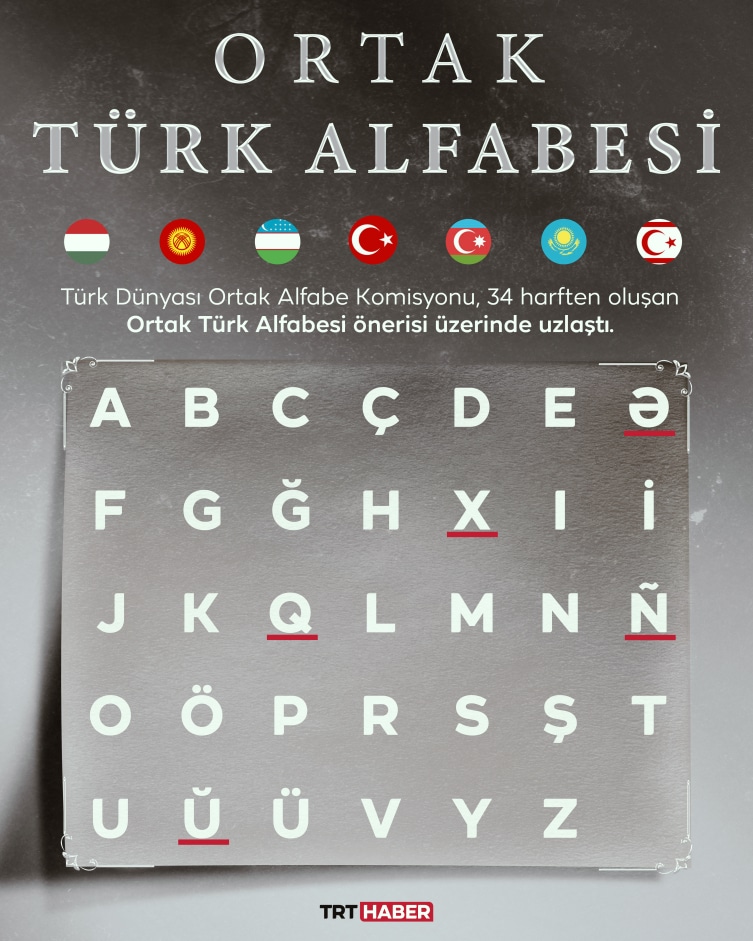
Specialists view the development of a new alphabet as a significant step toward strengthening cultural and educational partnerships between Turkic states. The Turkic Academy highlights the historic significance of this achievement and encourages research and educational institutions to support the initiative and promote the introduction of a new writing system.
The Turkic Academy is an international organization, headquartered in Astana, established under the aegis of the Organization of Turkic States. The members are Azerbaijan, Kazakhstan, Kyrgyzstan and Turkey, while Hungary and Uzbekistan have observer status. Its main objective is to develop scientific and educational cooperation among Turkic countries and regions.
Earlier this year, the Ministry of Science and Higher Education revealed its plans to organize a commission for developing the scientifically grounded orthography of the Kazakh language. The agency underlined that systematization of the Kazakh language is an important task within the Concept for the Development of Language Policy for 2023-2029.







